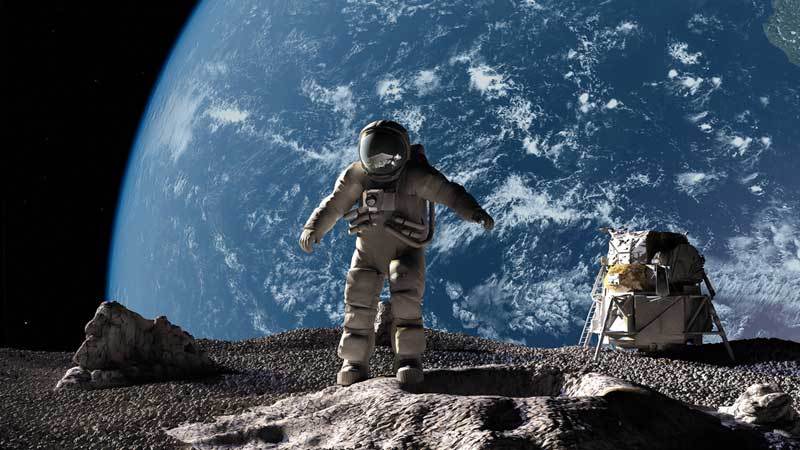Astronauts May Suffer Harm During Deep Space Travels

Sending astronauts to Mars will work only if they can safely arrive to the destination, as dead people aren’t known for landmark discoveries.
Researchers are exploring the effects of deep space on the human body, in order to anticipate any issues that may appear during travel.
It was recently discovered that gastrointestinal tissues which were bombarded by galactic space radiation will mutate and develop potentially lethal tumors in the colon and/or stomach.
Galactic space radiation those not affect us on Earth because its magnetic shield rejects the harmful radiation. Since our bodies have are susceptible to GSR, we would require specially developed radiation shields in order to protect ourselves, and the current technology is not able to block it out, since it was developed with a different type of radiation in mind, namely the gamma and x-ray radiation. Heavy ion radiation is able to easily penetrate them since the radiation type is more aggressive.
During the research, mice were exposed to iron radiation, which is a type of heavy ion radiation. The mice exposed to the radiation became unable to properly absorb nutrients from food and in some cases cancerous polyps appeared. A control group, and one were mice were exposed to gamma rays did not exhibit the same symptoms. It was also discovered that iron radiation can lead to DNA degeneration in GI cells, making them harmful as they are able to cause even more damage.
In the light of these results, space companies will have to develop equipment that can properly shield astronauts from this damage, and medicine that can outset the harmful effects.
SpaceX and Boeing have shown some models of costumes but they do not appear to have the proper shielding level just yet. As the companies are nearing their deadline, they will also have to explore new ways to develop costumes that can be safe and cost-effective in the long run. NASA may also try to develop its own suits in order to accelerate the process and provide astronauts with certified alternatives.
0 comments